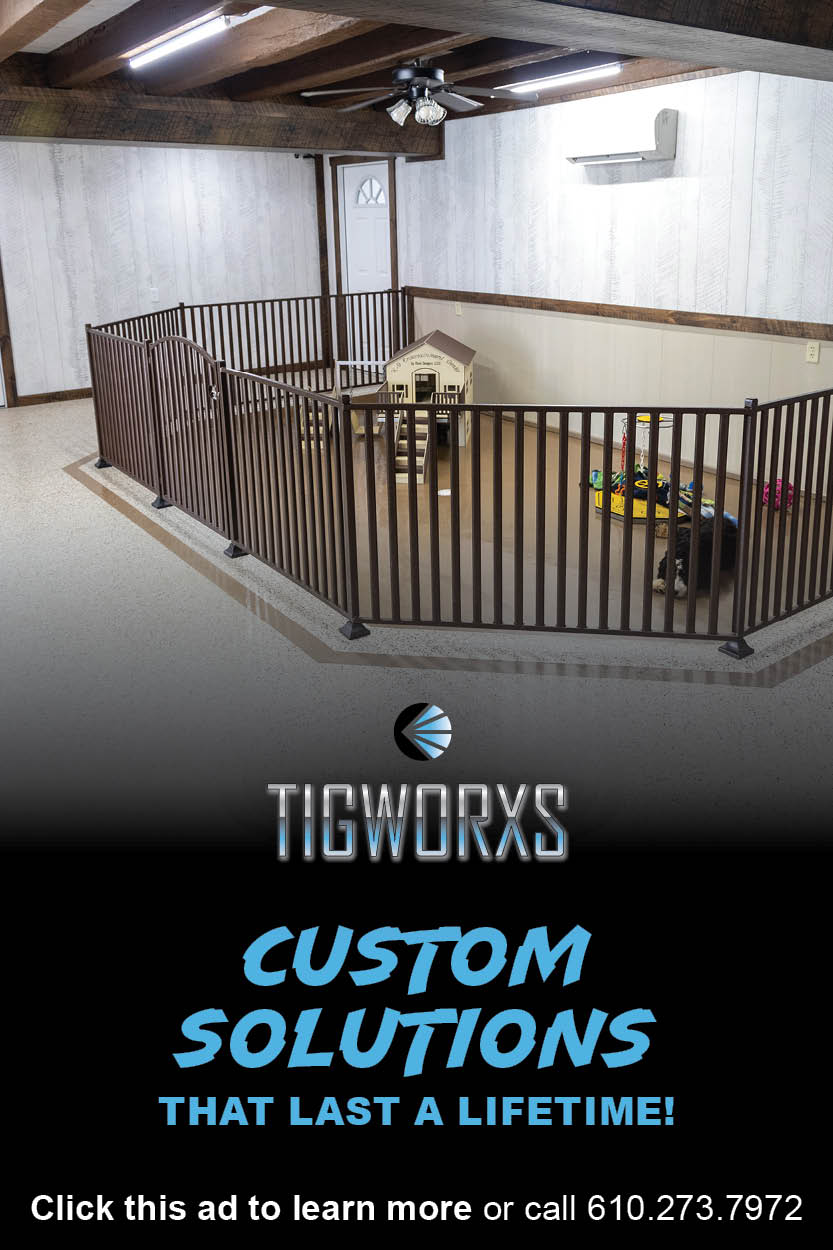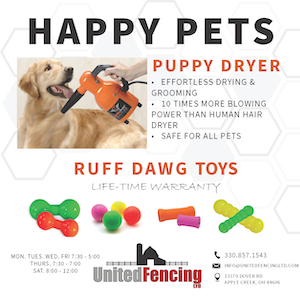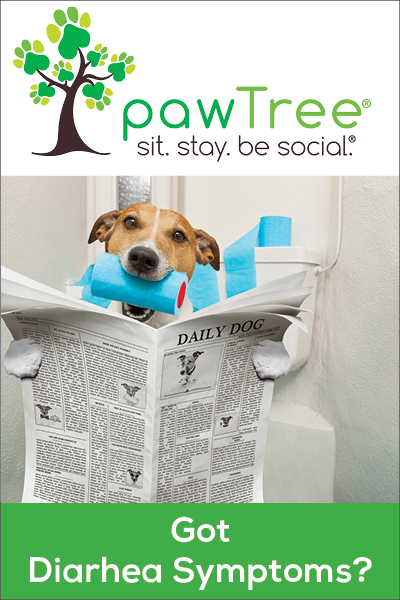Are there restrictions to how you use channels like email, phone, and mail?
Always provide an easy way to opt-out of future messages. Emails are also required to have the full physical address of your business. Text messaging can be used but most lead management software requires that the contact personally opts-in. Consult an attorney to see if specific practices are legal in your area. You may occasionally get a nasty reply message. Just kindly cull them from the tribe and don’t take it too personally.
Do you have other tools that you would recommend?
One of our biggest successes has been the lowly newsletter. It is one of the most economical and effective ways of adding value to your tribe and keeping them warmed to you. We are in the process of creating newsletters for a few dog breeders and we are excited to see the results. Another one, believe it or not, is classified ads. In many ways Google Ads is a modern day of classified ad. Remember, the number one goal is to harvest contact information.
In the past you have taken a strong stance against branding. Can you explain?
Ahhh! Branding is one tool in the advertising toolbox and not the complete package as it tends to be presented. The place that I really butt heads with the brand recognition crew is where small businesses are told they need to spend large amounts of money on projects that don’t directly contribute to making a sale. You need your website to look nice, yes. Do you need to spend $2,000 dollars to build a twelve-page manual on using your colors, logo, and slogans? No! There’s nothing wrong with spending a lot of money on advertising as long as you know that the money is coming back to you with interest in the near future.
In the dog breeding industry, what are some ideas for creative advertising/ marketing?
Advertising is creative by default – it must be to catch attention. What I would love to see in the pet industry is creativity in marketing. How about totally rethinking how we sell puppies?
How about advertising that you run a full background check on every prospective customer? What about insisting on selling two puppies if the family doesn’t have a second dog. This will turn some people away but the folks that remain will be diehard enthusiasts. Turning your tribe into fans isn’t easy but it could be very, very profitable.
I recently heard of a very innovative way of raising puppies. Some kennels are beginning to lease dogs. The customer pays for a female puppy (sometimes at a reduced price). Every year the customer is required to bring the puppy back to the kennel. Once the dog is old enough, she’ll be bred and then the customer will care for her and the puppies. The kennel gets to sell the pups once they are old enough to be away from their mother. This my dear folks, is genius. The kennel has more puppies to sell, the customer has a pet and the help and advice of a professional dog breeder, and the dog is well socialized and cared for.
I’m sure there are downsides to a program like this but someone was being creative. Someone wasn’t okay with just doing it the same way everyone else was doing it. Someone decided to try something based on a hunch. Best of all, somebody asked the question, “What does the customer really want?”
What do you see as the biggest obstacle in the path of creative advertising?
In most industries the biggest misconception is that you are somehow entitled to eager customers and I don’t think the dog industry is free of this. Just because you have the best dogs and the nicest website doesn’t make you entitled to anything. Money moves for its own reasons, and until we align ourselves with those reasons we are fighting (and probably losing out) against the current. Once you understand the product, the service, and the emotion that your customer desires, then, and only then you’ll be able to align yourself.
Hopefully we’ve sparked some new ideas in your mind and some of them probably look overwhelming and impossible. It’s okay to start in small. Start by implementing one idea and build from there. The key word is start.









